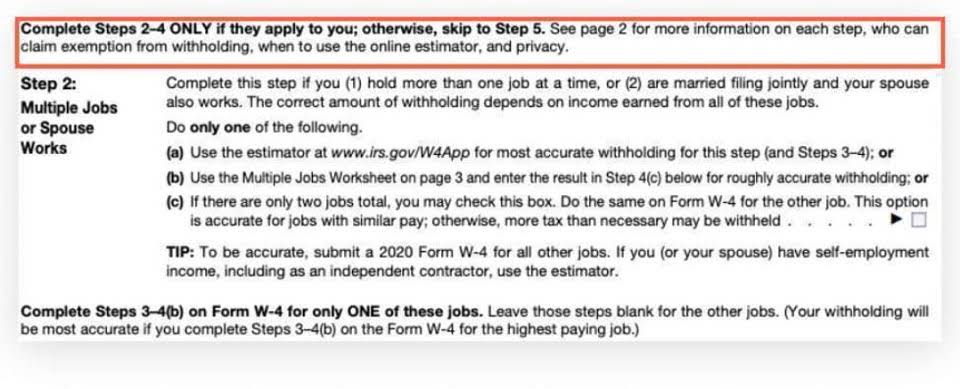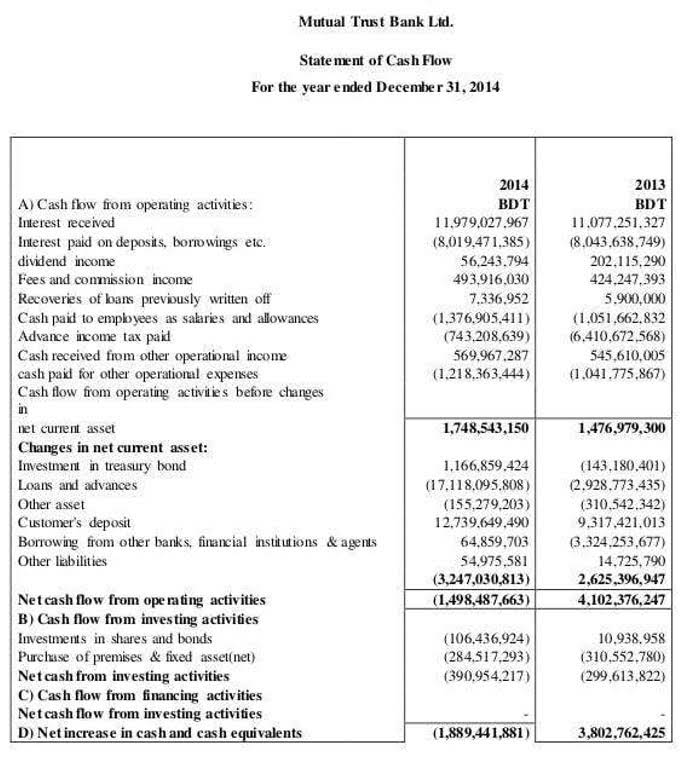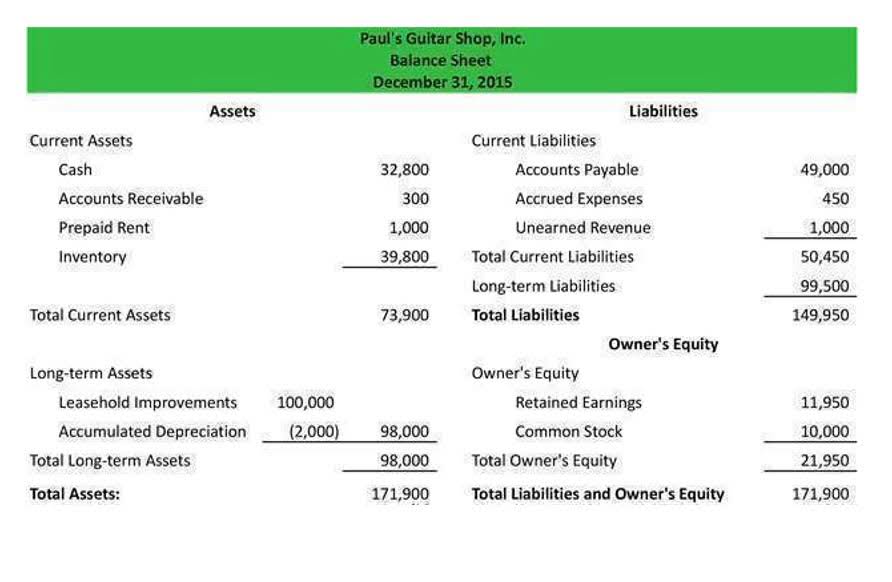
When interpreting cash flow statements, it is essential to delve into the nuances and understand the intricacies involved. In this section, we will explore various perspectives and insights to provide a comprehensive understanding. Let’s begin by examining the inflows and outflows of cash within a company’s operations, investments, and financing activities.
How to Calculate Cash Flow to Stockholders using Excel

It’s akin to cash flow to creditors is defined as: deciding whether to switch from bottled water to tap water in order to cut costs without sacrificing quality. By making such informed decisions, businesses can ensure they have enough liquidity to meet other financial obligations and invest in growth opportunities. When discussing the components of cash flow to creditors, one of the key elements that often comes into focus is interest paid. Imagine you’re running a small business and you’ve borrowed money from the bank—this interest you pay back each month is a critical part of your financial health check-up. Cash flow to creditors is influenced by various factors, including the company’s profitability, capital structure, and debt repayment terms.
Exploring Capital Expenditures
It suggests that a company may be struggling to generate enough cash to service its debts, which could lead to default or bankruptcy. Creditors closely monitor cash flow to creditors as a key indicator of credit risk. When a company makes more money, they might give some of this profit as dividends to stockholders.
Evaluating Leverage Ratios
Cash flow to creditors is a critical metric that sheds light on a company’s financial health and its ability to meet its debt obligations. It represents the net cash flow generated how is sales tax calculated from operating activities that is specifically allocated to servicing debt and compensating creditors. Here, we’ll explore the nuances of calculating this essential cash flow component.
- This calculation allows you to analyze the amount of cash that is being paid out to lenders and suppliers, giving you valuable insights into your financial obligations.
- Creditors receive cash flow from interest payments, while shareholders receive it from dividends.
- Cash flow to creditors is a critical metric that sheds light on a company’s financial health and its ability to meet its debt obligations.
- For example, a company with higher profitability and lower debt levels is likely to have a positive cash flow to creditors, indicating a lower credit risk.
- By understanding these nuances, financial managers can make informed decisions and navigate the intricate landscape of corporate finance.
- Imagine you’re running a lemonade stand; most of your expenses are related to lemons, sugar, and cups—cash transactions.
- Evaluating the resulting cash flow to creditors allows stakeholders to gain a comprehensive understanding of a company’s financial health and creditworthiness.
- It’s like having money in your pocket, ready to spend whenever you need it.
- Since Interest represents payments to debt-holders, we candeduct it from D Long-term debt.
- In summary, understanding cash flow to creditors involves analyzing interest payments, dividend distributions, debt repayments, and net borrowing.
- Additionally, the cost of purchasing the clothes from suppliers, employee salaries, and marketing expenses would be considered operating expenses.
- Dividend payout refers to the distribution of profits by a company to its shareholders in proportion to their ownership.
- Wenow have a new category Cashflows to Creditors which is definedas Interest less D Long-term debt.
Understanding the importance of cash flow to creditors is crucial in financial analysis. It plays a significant role by providing insights into a company’s ability to meet its debt obligations and evaluate its creditworthiness, allowing for informed investment decisions. In summary, understanding cash flow to creditors is vital for assessing a company’s financial stability, debt management, and commitment to external stakeholders. By examining trends, ratios, and real-world examples, we gain valuable insights into a firm’s financial health. Remember that prudent debt management contributes to long-term sustainability.
- They’re the building blocks of a healthy balance sheet and are essential for making informed financial decisions.
- The definition and calculation of the cash flow to creditors (CFC) are not as daunting as they might seem at first glance.
- To calculate this, you need to start with the company’s net income, which can be found on the income statement.
- It’s akin to deciding whether to switch from bottled water to tap water in order to cut costs without sacrificing quality.
- Company XYZ, a manufacturing firm, has a significant amount of debt from various lenders.
How Does the Formula Work?

To illustrate the concept, let’s consider a manufacturing company that has borrowed funds from a bank to finance its operations. The cash flow to creditors would include the interest payments made to the bank, reflecting the company’s debt servicing activities. Additionally, if the company has issued preferred stock, the cash flow to creditors would also include dividend payments made to preferred stockholders.
- This metric helps in understanding not only if a company has enough cash flow but also how effectively it’s managing its debt.
- For example, if your interest paid in a given period is $10,000 but you also have a large depreciation expense of $5,000, adjusting for this depreciation ensures an accurate representation of your actual cash flow.
- By analyzing its cash flow to creditors, lenders can assess whether the company has sufficient cash inflows to cover interest payments and repayments.
- It provides valuable information about a company’s liquidity, solvency, and financial health.
- This article explains how you can use a Cash Flow to Creditors Calculator, which is a simple yet powerful tool for calculating the cash flow that a company pays to its creditors.
- By considering these factors, you can gain valuable insights into how a company finances its operations and manage its obligations.

To assess a company’s financial health, it is important to consider the cash flow to creditors. This metric evaluates the company’s ability to meet its debt obligations, providing insight into its overall stability and solvency. Evaluating the resulting cash flow to creditors allows stakeholders to gain a comprehensive understanding of a company’s financial health and creditworthiness. By Online Bookkeeping analyzing this aspect, one can evaluate the financial impact of a company’s debt obligations on its overall cash flow. Ever wondered how a business manages its debts in such a way that it can maintain financial health?

Definition of Cash Flow to Stockholders
This analysis provides valuable insights into a company’s ability to manage its debts effectively and maintain strong creditworthiness in the market. In simple terms, if you think about your personal finances, imagine having a steady stream of income that allows you to pay off debts and still have money left over for savings. Now, consider a business as a larger version of this scenario—its cash flow to creditors giving us insight into whether it can meet its debt obligations without running into financial distress. The cash flow to stockholders formula calculates how much money a company pays out to its shareholders, which is dividends paid minus net new equity raised.
Cash Flows to Creditors Formula
For example, a company with higher profitability and lower debt levels is likely to have a positive cash flow to creditors, indicating a lower credit risk. Free Cash Flow to Equity (FCFE) tells investors how much cash is available for shareholders after all expenses, reinvestment, and debt repayments. It’s a way to see if a company has enough funds to pay dividends or buy back shares.
